About the Weatherization Assistance Program
The Weatherization Assistance Program, also known as WAP or Weatherization, was created in 1976 as an effort to cut heating bills for low-income families, after the 1973 oil crisis drove up the cost of energy. WAP traces its earliest roots to an energy conservation program added to the Economic Opportunity Act in 1975. The program today is authorized by the Energy Conservation Policy Act and is administered by the Office of Energy Efficiency and Renewable Energy within the Department of Energy (DOE). From air sealing to improving ventilation to adding insulation, home weatherization helps consumers save money by saving energy.
DOE provides core program funding to all 50 states, the District of Columbia, Native American Tribes and the five U.S. territories. Once DOE awards the grant, states contract with nearly 800 local agencies nationwide including Community Action Agencies, other non-profit organizations, and private contractors to deliver services to low-income families.
WAP reduces energy costs for low-income households by increasing the energy efficiency of their homes, while ensuring their health and safety. The program supports 8,500 jobs and provides weatherization services to approximately 35,000 homes every year using DOE funds.
With weatherization improvements and upgrades, these households save an average $283 or more every year. Over 7 million families have been assisted by WAP since the creation of the program in 1976.
Trained weatherization crews under management of local Community Action Agencies and other non-profit organizations conduct energy audits to determine cost-effective measures to reduce energy bills for each household.
Typical measures include installing insulation, sealing ducts, tuning and repairing heating and cooling systems and mitigating air filtration.
Who is eligible for weatherization?
Homeowners, renters and landlords with qualifying tenants are all eligible to apply for WAP.
Income eligibility is set at 200 percent of the federal poverty level, and priority is given to households with children under 6 years old or senior citizens.
Weatherization not only helps households and their incomes but also helps revitalize communities by spurring economic growth. Creating energy efficient homes also lowers energy consumption, helping the environment.
Modernizing WAP
Through Legislation
Sen. Jack Reed (D-RI) joined by Sens. Susan Collins (R-ME), Chris Coons (D-DE) and Jeanne Shaheen (D-NH) introduce the legislation on 3/28/2023. If signed into law, this bill would codify key improvements to the Weatherization Assistance Program including:
Increasing the ACPU to $12,000 (from $6,500)
Authorizing the Weatherization Readiness Fund
Eliminating a prohibition on providing funding for partially weatherized homes that have received assistance within the past 15 years.
Through Regulation
NCAF is advocating for the many moderizations to the WAP that local WAP implementers require. While some changes require legislation, such as through S. 1005, others can be achieved through regulation, which is published by DOE.
On May 8th, 2024, DOE’s Office of State and Community Programs held a public listening session to hear suggestions for changes to the Weatherization regulation.
DOE is continuing to receive written responses to the listening session at wapta@hq.doe.gov. Please join NCAF in responding to DOE.
Funding WAP
The National Community Action Foundation supports $375 million for the core Weatherization Assistance Program in FY2025. We also support:
$15 million for T&TA
$52 million for the “Readiness Fund”
In addition to regular annual appropriations, the Weatherization Assistance Program received $3.5 billion via the American Infrastructure and Jobs Act, of which $3.1 billion is going to the formula program.
Rep. Paul Tonko (D-NY-20) circulated a “Dear Colleague Letter” requesting the NCAF and Community Action supported FY2025 WAP appropriations request. See the final letter here and say thank you to your Member for signing here!
DOE May 8, 2024 Listening Session

